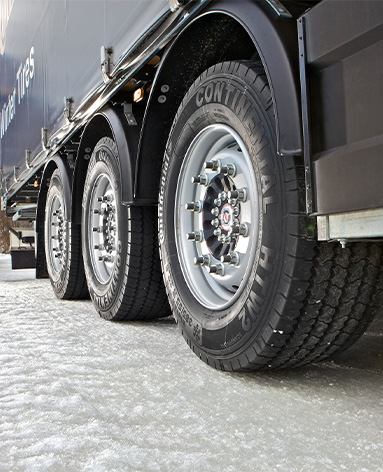Dec . 03, 2024 15:57 Back to list
Understanding the Function and Importance of Rear Brakes in Vehicles
What Do Rear Brakes Do?
When it comes to vehicle safety, braking systems play a crucial role. While most drivers are familiar with the general concept of brakes, the specific functions of rear brakes are often overlooked. Rear brakes are an essential component of any vehicle’s braking system, and understanding their function can enhance a driver's awareness of vehicle safety and performance.
The Function of Rear Brakes
The primary function of rear brakes is to assist in slowing down or stopping the vehicle. Most modern vehicles are equipped with either disc or drum brakes at the rear, just as they are at the front. Rear brakes work in conjunction with front brakes to ensure a balanced and efficient braking performance.
When you press the brake pedal, hydraulic fluid is activated in the braking system. This fluid travels through brake lines to the braking components, causing the rear brake pads to press against the brake rotors (in disc brakes) or the friction material to press against the drum (in drum brakes). The friction created between these components is what slows the vehicle down.
Importance of Balance in Braking
One of the key reasons rear brakes are vital is balance. Braking force is not distributed evenly between the front and rear. Typically, about 70% of the braking force is applied to the front brakes during a hard stop due to weight transfer. However, rear brakes help maintain stability and control. If the rear brakes were not functioning effectively, it could lead to an imbalance, potentially causing skidding or loss of control during braking.
Moreover, the rear brakes are essential when it comes to preventing nose-diving. Nose-diving occurs when a vehicle leans forward sharply during hard braking. This can cause hazardous conditions, particularly if the rear tires lose traction. Effective rear brakes help counteract this movement, promoting a smoother and safer deceleration.
what do rear brakes do

Different Types of Rear Brakes
As mentioned, rear brakes predominantly come in two types disc and drum. Disc brakes, which consist of a rotor and caliper, are generally more efficient at dissipating heat, making them ideal for higher-performance vehicles. On the other hand, drum brakes are typically found on smaller or older vehicles. They can be less effective in terms of heat dissipation but are often cheaper to manufacture and maintain.
In recent years, there has been a trend toward utilizing rear disc brakes even in smaller vehicles due to their superior performance characteristics, especially in wet conditions.
Maintenance and Safety
Given their crucial role, regular maintenance of rear brakes is imperative. Worn brake pads or shoes can reduce the effectiveness of the brakes, leading to longer stopping distances and increased accident risk. Drivers should regularly inspect their brakes and replace any worn components as necessary.
Signs of potential issues might include unusual noises when braking, a feeling of the vehicle pulling to one side, or a noticeable decrease in braking performance. Being attentive to these indicators can help ensure that brakes are functioning correctly, enhancing overall vehicle safety.
Conclusion
In summary, rear brakes are a fundamental part of a vehicle’s braking system, serving essential functions in slowing down and providing balance during braking. Understanding their role can help drivers appreciate the importance of regular brake maintenance and the need for a properly functioning braking system. Investing time and effort in understanding and maintaining rear brakes is an essential aspect of vehicle ownership and ensures a safer driving experience.
-
ROR Web Development: Build Fast, Scalable, Secure Apps
NewsAug.17,2025
-
Scania Brake Drums: OEM Quality for Optimal Safety & Durability
NewsAug.16,2025
-
R.V.I: Advanced Remote Visual Inspection for Precision
NewsAug.15,2025
-
Discover HYUNDA: Innovative Vehicles, Equipment & Solutions
NewsAug.14,2025
-
R.V.I: Unlock Advanced Insights & Real-time Performance
NewsAug.13,2025
-
Kamaz Brake Drum: Durable & Reliable for Heavy Duty Trucks
NewsAug.12,2025
